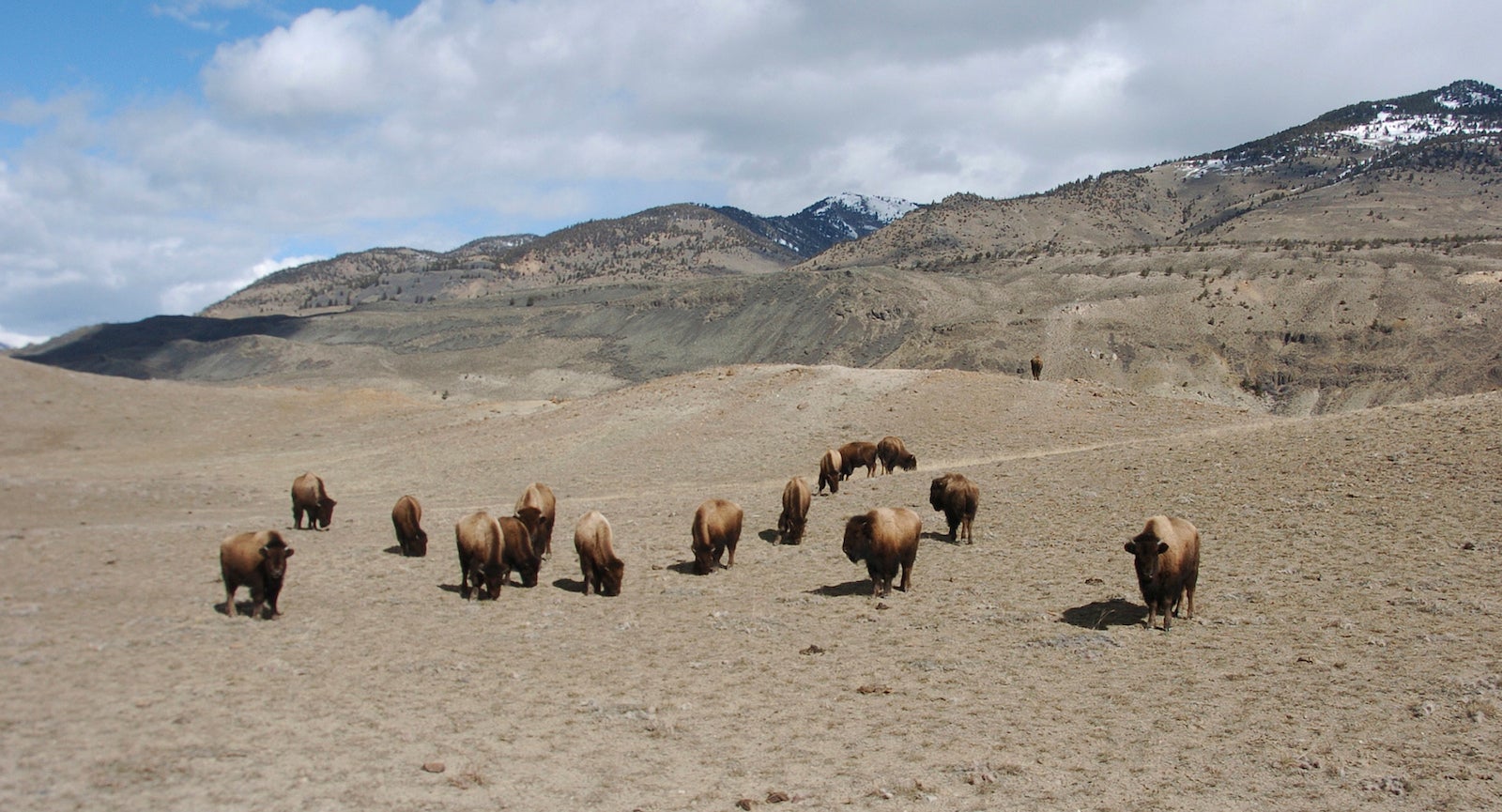The buffalo will soon be roaming the American plains once more
The American buffalo that roamed North America by the tens of millions were an integral part of the culture of the Native Americans of the Great Plains. After the mass slaughter that followed the colonization of what would become the US, there were just 23 such bison left at the start of the 20th century, according to Smithsonian magazine.


The American buffalo that roamed North America by the tens of millions were an integral part of the culture of the Native Americans of the Great Plains. After the mass slaughter that followed the colonization of what would become the US, there were just 23 such bison left at the start of the 20th century, according to Smithsonian magazine.
Those 23 were located in Yellowstone National Park, which has nurtured the bison back to health, to the point that the population regularly exceeds 4,000 now. Some of those wild bison will soon go home.
The National Park Service will soon send hundreds of the bison to the Sioux and Assiniboine tribal nations at Fort Peck Reservation in Montana. A small herd has been there since 2012 as a feasibility experiment and now this presence will be much more than symbolic. “It has a real spiritual meaning for us,” Robbie Magnan, the reservation’s fish and game director, told Smithsonian. “The buffalo were taking care of Native Americans from the beginning of time, and now we need to help them.”
Former Yellowstone superintendent Dan Wenk, who had headed the park since 2011, said the transfer of bison will happen “this calendar year or early next calendar year.” He won’t be there to see it happen. The Trump administration had denied his request to stay on into 2019 and he retired on Sept. 29, the Livingston Enterprise reported. “Selfishly, I wanted to be standing at Fort Peck with Tribal chairman [Floyd] Azure and watching bison get off the trucks, because I think it’s a major step in conservation of bison,” Wenk said. “I will not stand at Fort Peck as superintendent of Yellowstone and be able to engage in the excitement when bison are returned to tribal lands.”
The Yellowstone revival has been so successful that the park culled more than 1,100 animals from the herd this year, including shipping 660 to slaughter, to prevent them leaving park grounds and spreading disease. The transfer of the bison back to the Great Plains after all these decades will, it is hoped, stop this from happening.
If all goes according to plan, 70% of the bison sent to Fort Peck will actually be sent on to other tribal lands—including the Wind River Reservation in Wyoming and the Cherokee Nation in Oklahoma.